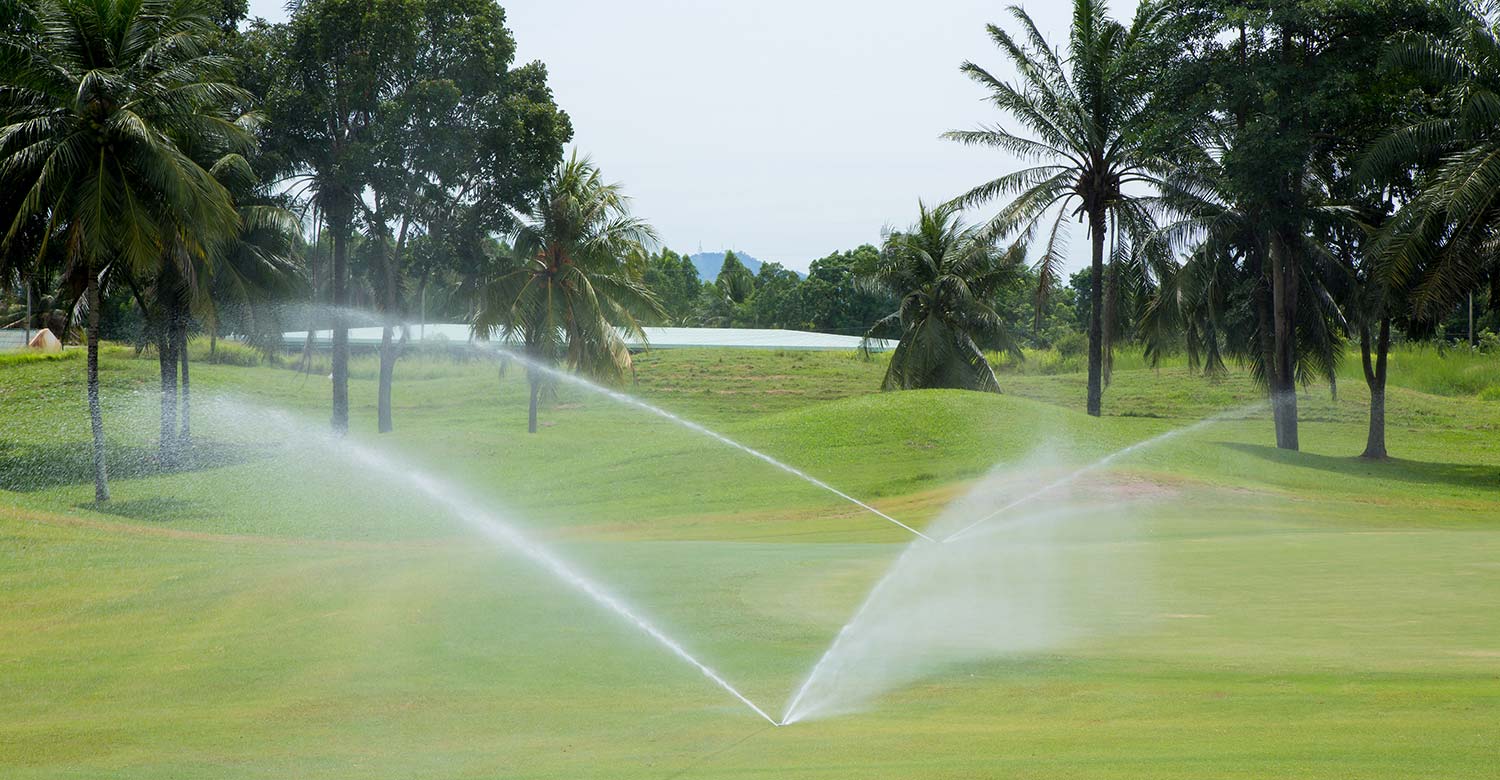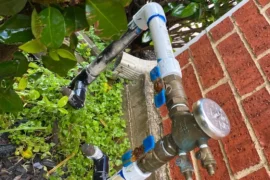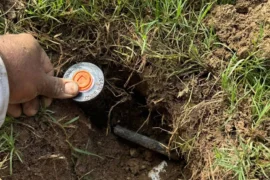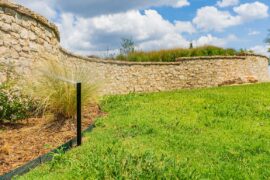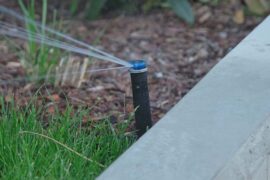A well-maintained lawn is the pride of homeowners, and pop-up sprinklers play a pivotal role in keeping the grass green and lush. However, when these sprinklers fail to retract, they can become more than a minor inconvenience. Understanding why your pop-up sprinklers are not retracting is the first step in addressing the issue and ensuring your lawn remains in top condition. Here’s a breakdown of the common causes and solutions.
Causes Behind Sprinkler Stagnation
Several factors can contribute to the malfunctioning of pop-up sprinklers, preventing them from retracting as they should:
01. Debris Build-Up
Over time, your lawn accumulates various forms of debris such as dirt, grass clippings, and leaves. This debris can easily find its way into the nooks and crannies of your sprinkler heads. When debris builds up around or inside the sprinkler mechanism, it can prevent the sprinkler heads from retracting back into the ground. This issue is particularly prevalent in areas with high foot traffic or those that are not regularly cleaned.
Solution: Regular cleaning and maintenance are key. Unscrew the sprinkler head, remove any debris from inside the sprinkler body, and clean the nozzle mechanism thoroughly. This simple step can often restore full functionality to your sprinklers.
02. Low Water Pressure
Inadequate water pressure is another common issue that can prevent sprinkler heads from popping up or retracting correctly. This could be due to a variety of reasons, including partially closed valves or leaks within your irrigation system, which lead to insufficient pressure.
Solution: Conduct a comprehensive check of all valves within the system, ensuring they are fully open. If low pressure persists, investigate for leaks or consult a professional to assess your system’s water pressure and make necessary adjustments.
03. Damaged or Worn Parts
The physical components of sprinkler heads, including the springs, nozzles, and bodies, can become damaged or wear out over time. Exposure to elements, accidental damage from lawn mowers, vehicles, and even foot traffic can contribute to their deterioration, preventing them from retracting properly.
Solution: Inspect your sprinkler heads for any visible signs of damage or wear. Replacing damaged parts or the entire sprinkler head might be necessary to ensure efficient operation and prevent further issues.
04. Installation Issues
Incorrect installation can also lead to retraction problems. Sprinkler heads placed too low in the ground may not have enough clearance to pop up or retract correctly. This can lead to water coverage issues and even flooding around the heads.
Solution: Assess the placement of your sprinkler heads. If they are too low, consider adjusting their height or reinstalling them at the correct level. Ensure that the installation follows best practices to avoid similar issues in the future.
Diagnosing and Fixing the Problem
Addressing the issue involves a few diagnostic and repair steps, which vary depending on the underlying cause:
01. For Debris
Debris accumulation is a common issue that can prevent sprinkler heads from retracting properly. To address this:
- Disassembly: Begin by carefully unscrewing the cover of the affected sprinkler head. This will allow you access to the nozzle and spring assembly, which are often the most clogged parts.
- Cleaning: Once disassembled, inspect and clean any debris from the inside of the sprinkler body and on the nozzle mechanism. Use water to rinse these components thoroughly and a rag to wipe them down, ensuring they are free from dirt, grass clippings, and other obstructions.
- Reassembly and Testing: After cleaning, reassemble the sprinkler head and test its operation. Ensure that the nozzle and spring mechanism move freely and the sprinkler head retracts as expected after use.
02. For Water Pressure
Inadequate water pressure can also cause sprinkler heads not to pop up or retract properly. To troubleshoot water pressure issues:
- Valve Inspection: Check all valves within the system to ensure they are fully open. This includes the main shutoff valve and any zone-specific valves. Turning these valves counterclockwise usually ensures they are open to allow full water flow.
- Leak Detection: A decrease in water pressure can often be attributed to leaks in the system. Inspect your irrigation system for any signs of leaks, such as unusually wet areas, muddy spots, or visible damage to pipes. Identifying a leak early can prevent extensive damage and restore proper function to your sprinkler system.
- Repair: If a leak is found, the affected section of the pipe will need to be exposed and repaired. This might involve cutting out the damaged section and replacing it with a new piece of pipe, ensuring a secure and watertight connection.
03. For Damaged Parts
Sprinkler heads and their components can become damaged over time due to exposure to the elements, lawn maintenance activities, or accidental impacts. To replace damaged parts:
- Inspection: Carefully inspect each sprinkler head for visible signs of damage, such as cracks, breaks, or wear. Pay particular attention to the riser, nozzle, and body of the sprinkler head.
- Replacement: If a sprinkler head or its components are found to be damaged, the most straightforward solution is to replace the entire head. Ensure that the replacement part is compatible with your system and designed for the specific needs of your lawn.
- Installation: When installing the new sprinkler head, make sure it is set at the correct height and alignment for optimal coverage and function. After installation, test the sprinkler zone to confirm that all heads pop up and retract as intended.
Conclusion
When pop-up sprinklers fail to retract, it’s usually due to debris accumulation, low water pressure, damaged parts, or installation issues. By identifying the root cause and taking appropriate corrective actions, you can ensure your sprinkler system operates efficiently, keeping your lawn healthy and vibrant. Regular maintenance and preventive measures are your best defense against future sprinkler system woes.

